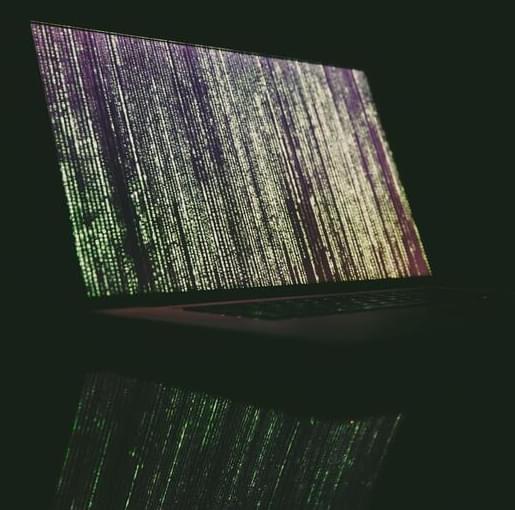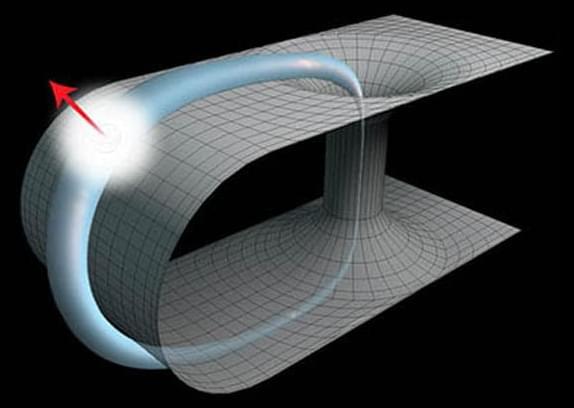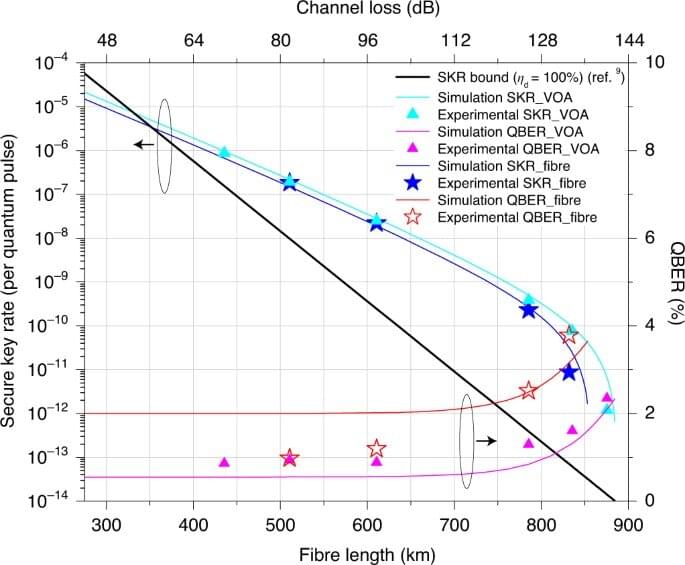Mar 3, 2022
Researchers show they can steal data during homomorphic encryption
Posted by Chima Wisdom in categories: computing, encryption, mathematics, security
Homomorphic encryption is considered a next generation data security technology, but researchers have identified a vulnerability that allows them to steal data even as it is being encrypted.
“We weren’t able to crack homomorphic encryption using mathematical tools,” says Aydin Aysu, senior author of a paper on the work and an assistant professor of computer engineering at North Carolina State University. “Instead, we used side-channel attacks. Basically, by monitoring power consumption in a device that is encoding data for homomorphic encryption, we are able to read the data as it is being encrypted. This demonstrates that even next generation encryption technologies need protection against side-channel attacks.”
Homomorphic encryption is a way of encrypting data so that third parties cannot read it. However, homomorphic encryption still allows third parties and third-party technologies to conduct operations using the data. For example, a user could use homomorphic encryption to upload sensitive data to a cloud computing system in order to perform analyses of the data. Programs in the cloud could perform the analyses and send the resulting information back to the user, but those programs would never actually be able to read the sensitive data.


















